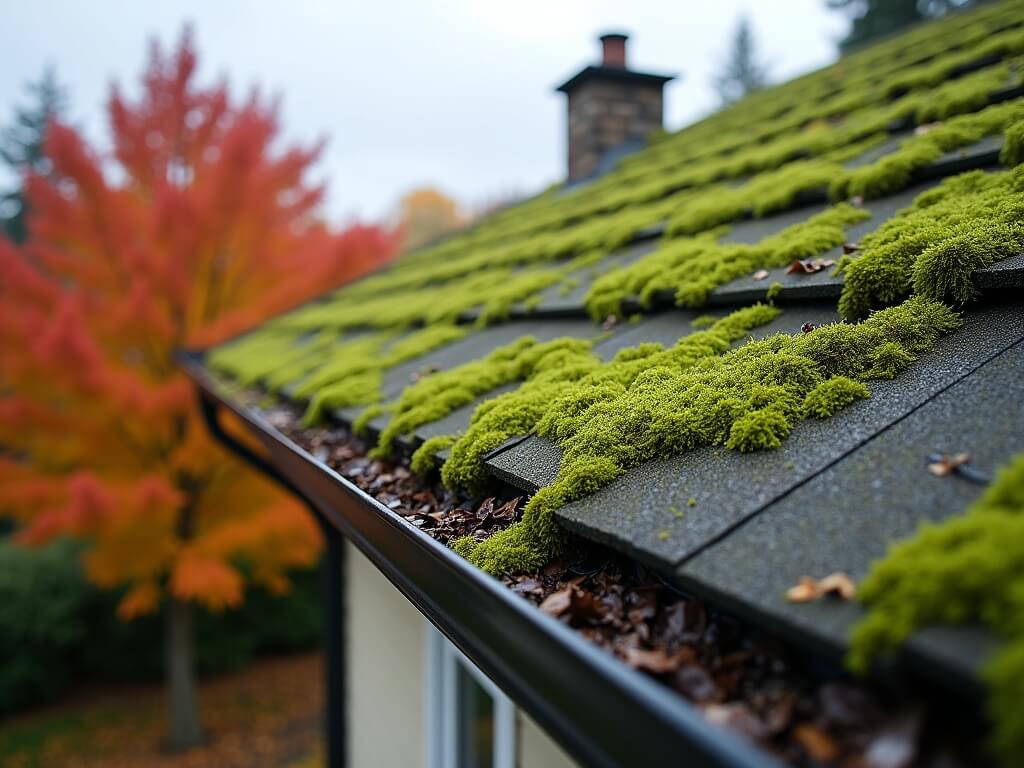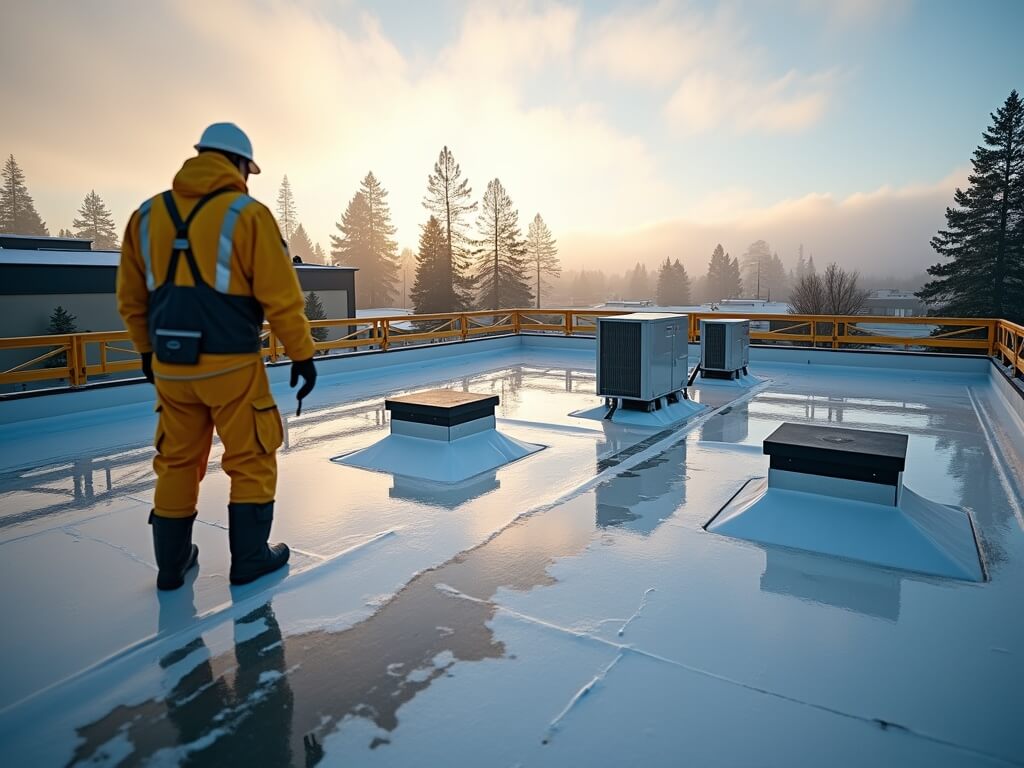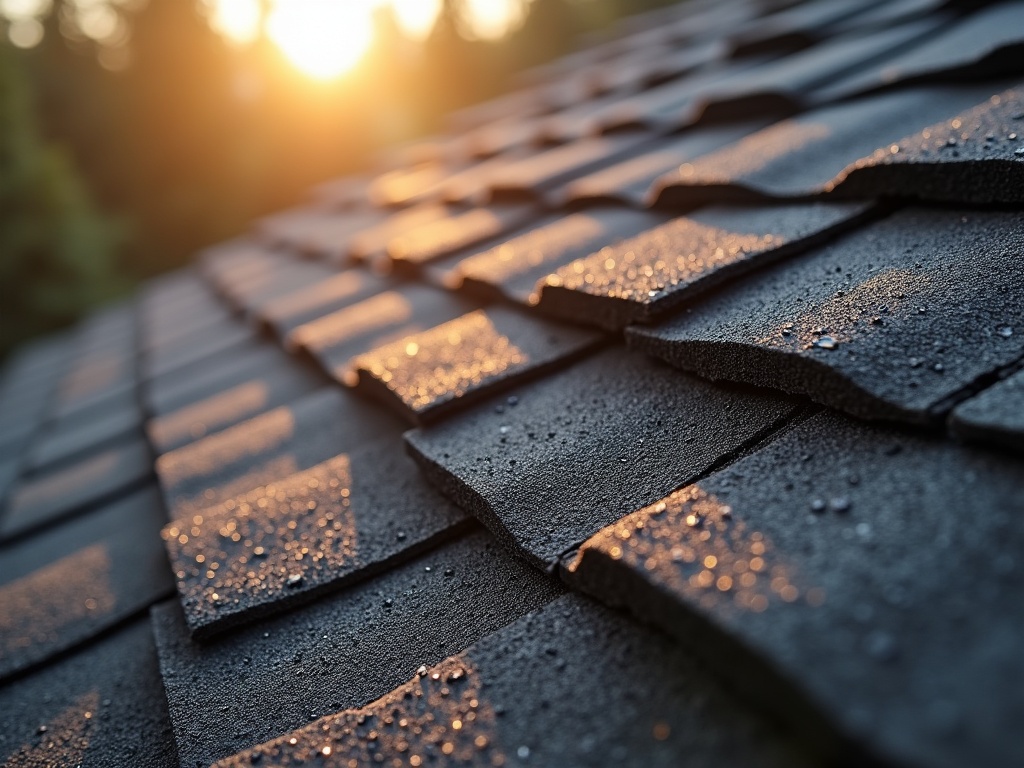October 21, 2025

Roof repair in Corvallis is one of those things that most people don’t think about—until there’s water dripping from the ceiling. The problem? In the Willamette Valley, waiting too long isn’t just risky, it’s expensive. Between long wet seasons, moss growth, and unpredictable freeze-thaw cycles, roofs here take a real beating. That’s why knowing what to watch for (and when to act) isn’t optional—it’s essential.
Corvallis’ climate brings unique challenges you won’t see in, say, Phoenix or even central California. Roofs here fight moisture year-round, and our freeze-thaw cycles cause materials to shift just enough to create cracks and gaps.
What happens next?
Let me tell you something from experience. A couple of years ago, I worked on a 1970s ranch-style home just off Circle Blvd. The owner called us because of a small stain on the living room ceiling. By the time we got up there, we found rotted decking under two valleys, moss two inches thick in spots, and flashing that looked like it had been installed as an afterthought. Water had been creeping in for a while. Had they called three months earlier, it would've been a straightforward patch job.
Lesson learned: Corvallis roofs don’t forgive procrastination.
Key takeaway: If you see cracked, curling, or missing shingles, don’t wait. The weather here won’t cut you any slack.

Your roof won’t send an alert when it’s in trouble. You’ve got to know what to look for—and act fast.
Here are the top indicators you can’t ignore:
And don’t forget about your gutters. Overflowing or hanging-down sections mean water isn’t flowing like it should—which is basically a pre-leak siren.
The critical zones to keep an eye on in Corvallis?
Summary: If you spot any of these, don’t second-guess yourself. A professional inspection is much cheaper than structural repairs.
Business roofs in Corvallis have to hold up under pressure—not just from weather, but from foot traffic, HVAC systems, and minimal downtime windows for repair. The last thing a local business needs is to shut down because of a preventable leak.
Here’s what we focus on for commercial clients:Educational and institutional buildings need even more consideration. Safety protocols. Fast turnaround. And performance under constant wear.
We recently completed a full replacement for a local school near Philomath. The work had to be done over winter break. We installed a new membrane system, upgraded all the flashing, and performed post-install leak testing—all under deadline. Zero failures. Kids never even knew it happened.
Summary: If you’re running a business or facility, you need roofing partners who know how to get in, out, and do the job right the first time. Downtime is not an option.
How do you know if your roof just needs a quick fix—or if it’s time to start fresh?
A few signs that typically point to repair:But if you’re looking at widespread gapping, sagging decks, or damage that covers 30% of the roof or more—especially after a brutal Willamette storm—it usually makes more sense to replace.
Here’s a local tip: Roofs in Corvallis and Albany tend to wear out around the 20- to 25-year mark—even if the material’s rated for more. That’s because wet weather accelerates breakdown, especially near edges and gutters. Key takeaway: Don’t guess. A professional inspection will give you a clear plan—saving you from unnecessary spend or deeper damage.Fall in Corvallis means leaf build-up, wind, and enough rain to fill a swimming pool from your roof runoff alone. If your system isn’t ready, things go wrong fast.
Here’s what I always recommend before November hits:Moss looks harmless, almost charming at first. Until you realize it’s trapping moisture right on top of your shingles and steadily eating into the integrity of your roof.
Here’s what moss and algae quietly do:If you’ve got moss, you need safe removal—not power washing or harsh scraping that shortens shingle lifespan. We use soft-bristle methods plus eco-safe treatments that kill spores without damaging the roofing membrane.
I once had a client on Highland Drive who proudly said he “took care of the moss himself.” He used bleach and a hammer-bristle brush. Looks were deceiving—it stripped off protective granules, and we had to replace 40 feet worth of damaged shingles just a year later. Summary: Let professionals tackle moss the right way. DIY fixes can cost you much more in a hurry.Up next: We’re going to break down the seasonal roof care calendar, reveal why professional inspections beat guesswork, and explain how quality materials make or break your roof’s performance in this climate. Stay with me.
Let’s be honest. How many times have you looked up at your roof and thought, “Eh, looks fine”?
But guess what—you don’t know what you don’t see. DIY inspections might catch the obvious stuff (like a missing shingle or a squirrel nest), but it’s the subtle problems that do the most damage over time. Professional crews come with trained eyes and tools designed to spot:
In the Willamette Valley, your roof isn’t battling just one kind of weather—it’s facing them all.
That’s why material choice isn’t about aesthetics. It’s about survival. Here’s a breakdown of what actually holds up here: Composition shingles (a.k.a. asphalt architectural):